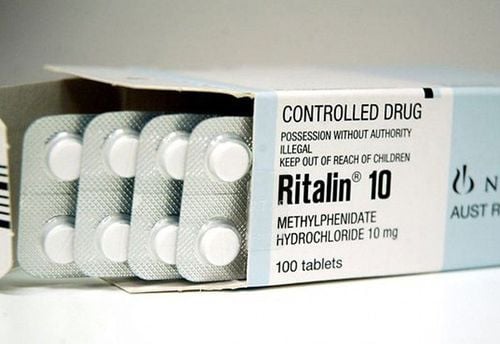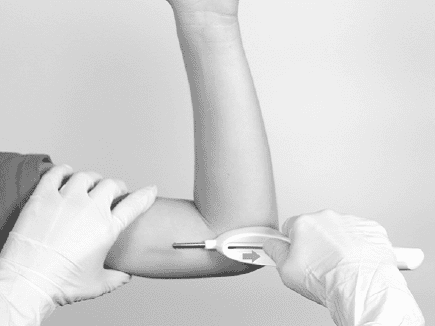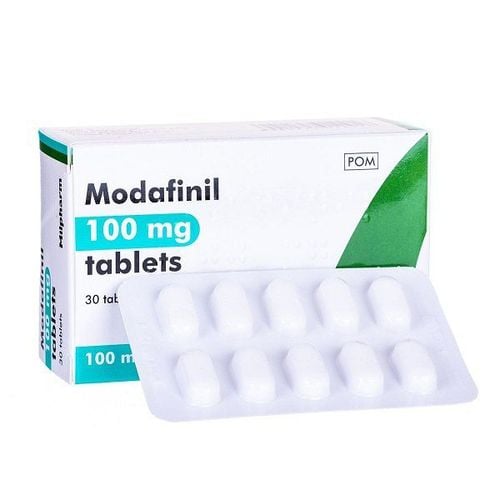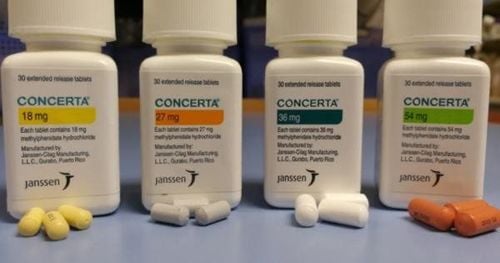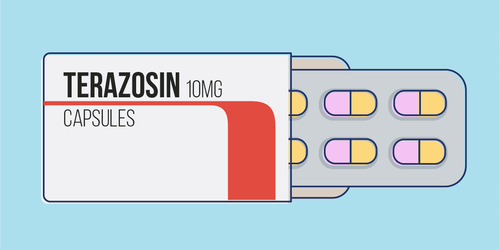This is an automatically translated article.
Childhood narcolepsy is a disorder that affects the brain's ability to control sleep and wakefulness. If not detected and treated appropriately, this condition can affect a child's school, social, and personal life.
1. Recognizing narcolepsy in children
Narcolepsy is a neurological dysfunction that affects the brain's ability to control sleep and wakefulness. Children with narcolepsy often experience excessive sleepiness, which affects all aspects of their lives, including social activities and school performance.
Children with narcolepsy may have 4 typical symptoms as follows:
Excessive daytime sleepiness (EDS): This is usually the first sign of narcolepsy in children and appears at all the patients. EDS interferes with a child's normal daily activities (school, social activities). Children are often tired and sleepy, especially at inactive times, such as when sitting in class, reading or sitting in the car. In preschool children, naps may last for 2-3 hours, but fatigue will return within 1-2 hours. Cataplexy: Cataplexy is a sudden, short-term loss of muscle tone or strength due to stress or strong emotions, such as laughter, excitement, anger, anxiety, or surprise. Cataplexy can bring on symptoms such as a brief feeling of weakness in the knee, drooping jaw muscles, drooping eyelids, total body immobility, and falls. Children may have facial weakness, protrusion of the tongue, slurred speech, and other unusual facial expressions. This usually lasts a few seconds to a few minutes. In young children, cataplexy can be mistaken for clumsiness, seizures, fainting, or as an attention-seeking behavior. Balloon . This is sleep paralysis that occurs when a child is unable to move or speak right before falling asleep or after waking up. This usually goes away within seconds or minutes. Illusion. Children may experience vivid, dream-like events (nightmares), which are difficult to distinguish from reality. The "dreams" often involve images or sounds of strange animals or snoopers that frighten the child. Other symptoms of narcolepsy in children may include:
Disrupted sleep at night. Some children may have trouble sleeping through the night due to constant awakening. Unconscious behaviors. Children may fall asleep within seconds but continue to do what they were doing, such as writing. Even so, the child will not have any memory of performing these maneuvers. Weight gain . This is both a symptom and a warning sign of narcolepsy in children. This is common in the early stages of the development of narcolepsy. At least 25% of children with this condition become obese. Waking up early. Some children with narcolepsy are also reported to start puberty earlier than their peers.
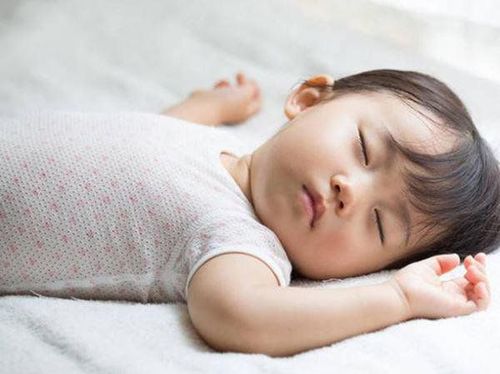
Chứng ngủ rũ ở trẻ em xuất hiện với tình trạng trẻ ngủ nhiều vào ban ngày
2. How can narcolepsy in children affect a child's life?
There are 2 typical narcolepsy:
Type 1 narcolepsy (usually accompanied by loss of muscle tone - Cataplexy). Patients often experience excessive daytime sleepiness along with difficulty sleeping at night. This may be due to a deficiency of the hormone Hypocretin. Children with this condition tend to gain weight rapidly. Type 2 narcolepsy (commonly called narcolepsy without Cataplexy). Patients with type 2 narcolepsy also experience excessive daytime sleepiness, but do not exhibit cataplexy, and have normal hypocretin levels. Because of the features of narcolepsy, children with this condition often experience problems such as:
Poor attention and concentration, Poor memory, Poor memory, Poor academic performance, Sudden weight gain, Difficulty socializing with friends due to narcolepsy. having to use all their energy to stay awake Often late to school, wanting to miss school Narcolepsy in children also causes emotional problems for children such as:
Feeling helpless and ashamed of sleeping situations forgetfulness, sudden lethargy Feelings of loss of self-esteem due to bullying or teasing by classmates Being viewed as lazy by others, leading to feelings of unacceptance in school and social activities Anxiety , fear of participating in social events due to short-term muscle weakness or paralysis (Cataplexy).
3. How to support a child with narcolepsy?
There is still no cure for narcolepsy in both children and adults. The goal of treatment is to focus on reducing daytime sleepiness and improving alertness so that the child can experience life as close to normal as possible. Treatment plans often approach three directions: medication, behavior change, and education.
3.1. Finding the Right Medicines In the case of excessive sleepiness, it may be necessary to give the child some medication to stimulate alertness. Here are some commonly used medications:
Stimulants of sobriety: Amphetamine-type stimulants such as: Methylphenidate , Armodafinil or Modafinil are often tried first because they have fewer side effects and are less stimulant. more dependent than other drugs. These drugs can produce side effects similar to those of caffeine, such as agitation, anxiety, and palpitations. Other side effects include headaches, upset stomach, and weight loss. Antidepressants: Cataplexy, hallucinations, nighttime sleep disruptions, and sleep paralysis are usually treated with 2 types of antidepressants: tricyclic antidepressants such as (Protriptyline, Clomipramine, and Desipramine) and antidepressants Selective serotonin reuptake inhibitors (SSRIs): Fluoxetine, Atomoxetine, and Sertraline. In particular, SSRI drugs often have fewer side effects than tricyclic antidepressants. Prescription medications are commonly used to treat daytime narcolepsy, restless sleep, confusion, and hallucinations. However, many of these drugs are still being studied in clinical trials involving children and most have not yet been officially approved for use in children. Currently, only Sodium Oxybate (Xyrem) is the only drug approved by the FDA for the treatment of daytime narcolepsy and trouble sleeping in pediatric patients 7 years of age and older.
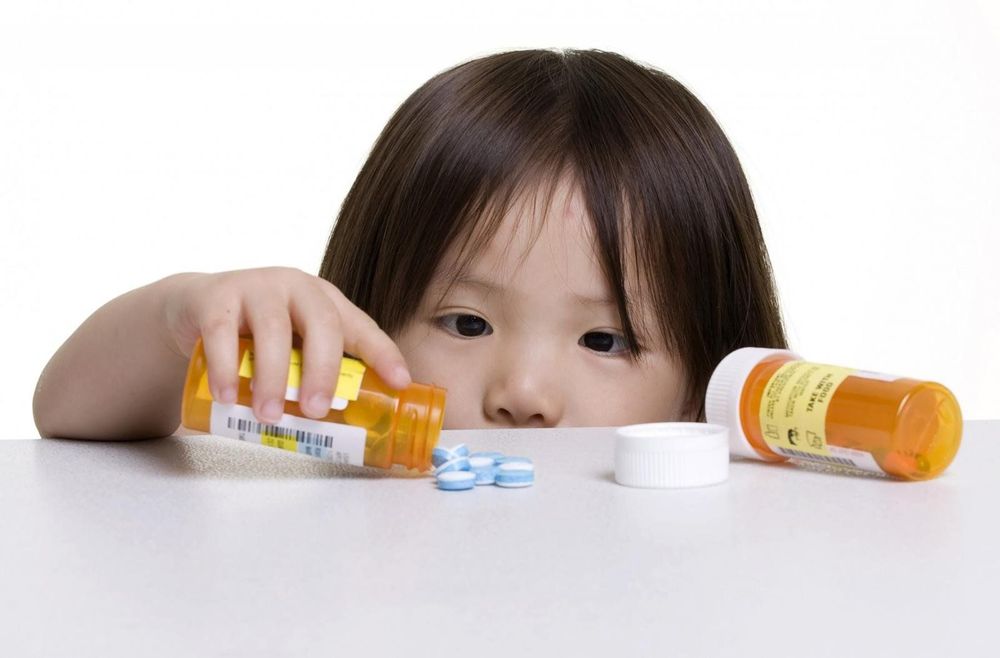
Chứng ngủ rũ ở trẻ em có thể sử dụng một số loại thuốc theo chỉ định của bác sĩ
3.2. Behavioral modification, lifestyle habits and lifestyle suggestions made by experts for both adults and children with narcolepsy include:
Encourage naps. Schedule your child to nap for 20-30 minutes at appropriate times. These naps can help keep your child awake and less sleepy for a few hours. Regular exercise: Parents should encourage their children to be active and exercise at least 20 minutes a day. However, you should avoid exercising for 3 hours before going to bed. Stick to a healthy sleep schedule. Children should be instructed to follow a regular sleep-wake schedule. Children should go to bed and wake up at the same time each day to establish a healthy sleep routine. Ensure the safety of children. Sudden lethargy can be dangerous in situations like cooking, driving, swimming, etc. So make sure your child is fully awake before engaging in any potential activity. dangerous. 3.3. Informing narcolepsy in children to those who need to know To be able to care for a child with narcolepsy, parents should notify the school, their child's teachers, and the surrounding relatives about the child's condition. This will help everyone understand and create conditions to help children integrate and rest more. In addition, parents can also look to therapists and sleep specialists for better advice and support for their children.
Narcolepsy in children often causes distraction, poor memory ability leading to poor school results. There is still no cure for narcolepsy, but through adjusting habits and lifestyle parents can help children improve the symptoms of the disease.
When patients have sleep problems, especially narcolepsy, they can go to the Psychological Clinic - Vinmec Times City International General Hospital. This is the leading prestigious facility in the country in the treatment of diseases related to psychology and mental health.
With modern medical equipment and a team of leading experts capable of implementing psychological tests, intensive psychotherapy for medical examination and treatment.
Please dial HOTLINE for more information or register for an appointment HERE. Download MyVinmec app to make appointments faster and to manage your bookings easily.




